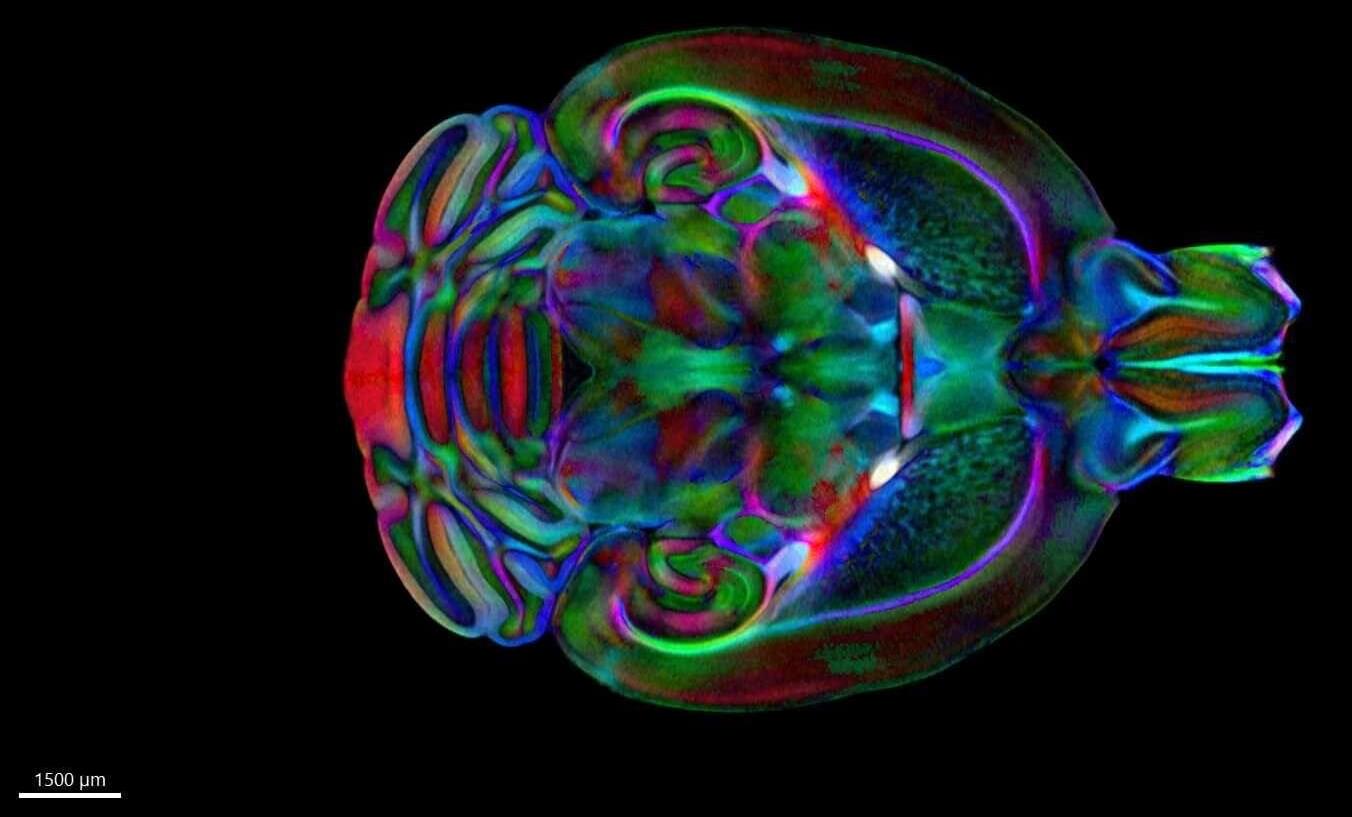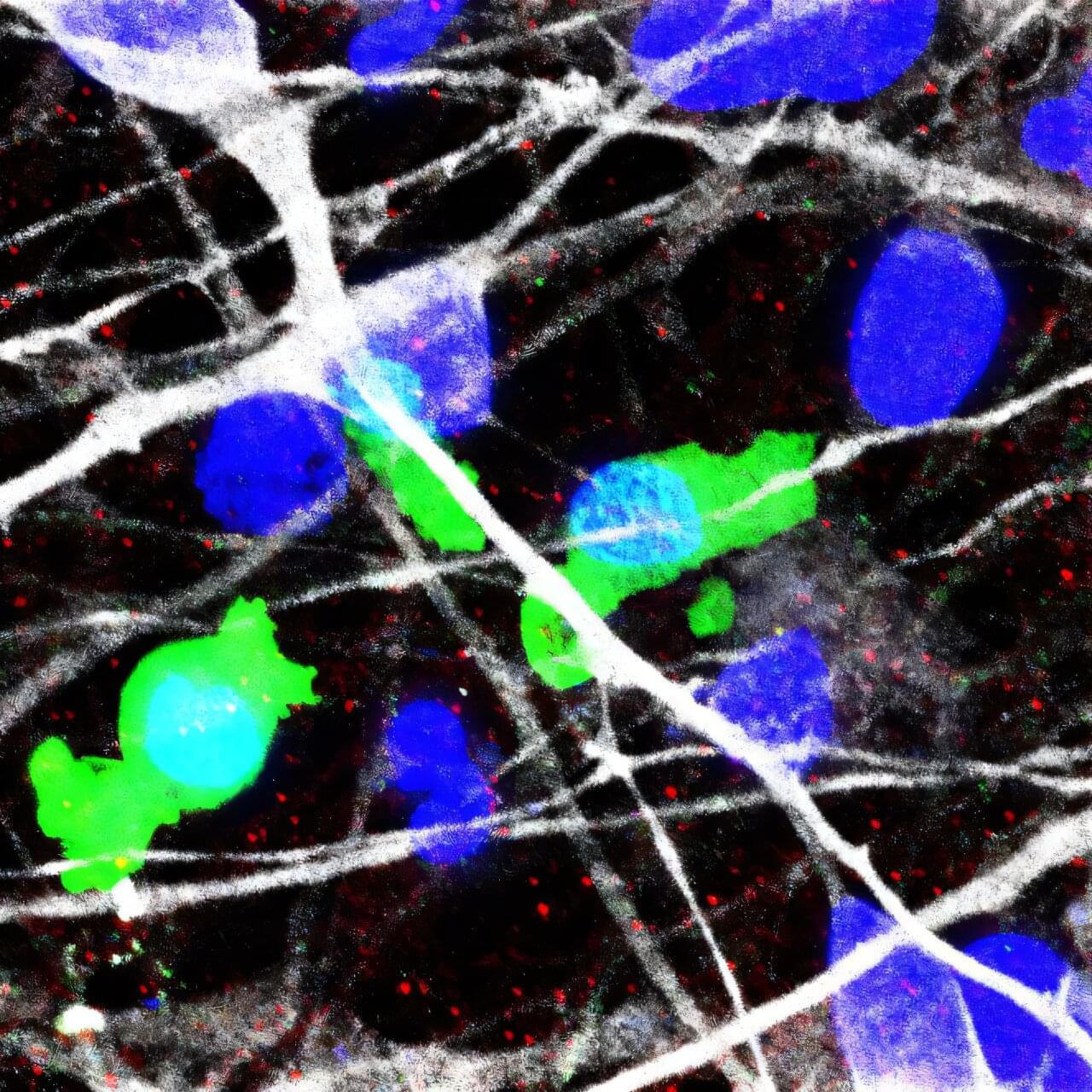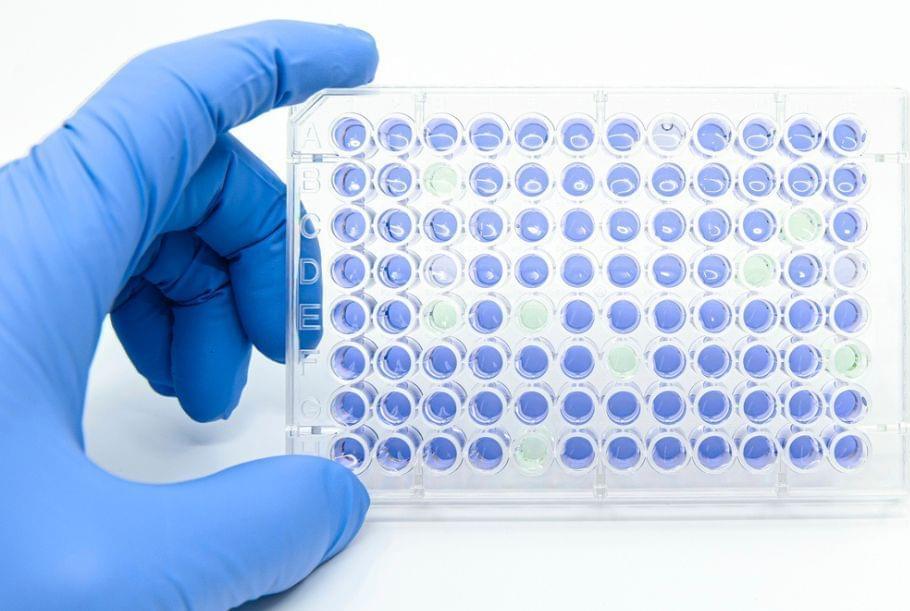Extract from “Evolution, Basal Cognition and Regenerative Medicine”, kindly contributed by Michael Levin in SEMF’s 2023 Interdisciplinary Summer School (https://semf.org.es/school2023/). Full talk: • Michael Levin | Evolution, Basal Cogn… TALK ABSTRACT Each of us has made the remarkable journey from a single cell (a quiescent oocyte) to a complex embodied mind. How do cells, which were once independent organisms, work together to pursue the anatomical and physiological goals that enable form and function to reliably self-assemble? In this talk, I will tell the story of the collective intelligence of cellular swarms that embodies William James’ definition of intelligence: same ends by different means. I will describe the amazing competencies of the morphogenetic process that builds bodies and minds, and our discoveries on bioelectricity — the cognitive glue that implements embryogenesis, regeneration, and cancer suppression. I will end with a perspective on how biophysical, informational, and behavioral sciences are coming together to redefine the boundaries of the possible in biomedicine and beyond. MICHAEL LEVIN Department of Biology, Tufts University: https://as.tufts.edu/biology Tufts University profile: https://ase.tufts.edu/biology/labs/le… Institute profile: https://wyss.harvard.edu/team/associa… Wikipedia: https://en.wikipedia.org/wiki/Michael… ) Google Scholar: https://scholar.google.com/citations?… Twitter:
/ drmichaellevin LinkedIn:
/ michael-levin-b0983a6 SEMF NETWORKS Website: https://semf.org.es Twitter:
/ semf_nexus LinkedIn:
/ semf-nexus Instagram:
/ semf.nexus Facebook:
/ semf.nexus
Get the latest international news and world events from around the world.
The intelligence of life with Michael Levin | Living Mirrors #124
Enjoy the videos and music that you love, upload original content and share it all with friends, family and the world on YouTube.

AI Will Give Everyone The Power Of A 10,000-Person Company: Mark Zuckerberg
AI is slated to disrupt traditional jobs, but could also give all people previously unthinkable leverage.
Mark Zuckerberg, CEO of Meta Platforms, has shared some compelling thoughts on the future of artificial intelligence. On a podcast, he posited that AI will eventually surpass individual human intelligence, but, interestingly, argued that this is already happening in a certain sense. His core idea revolves around the combined intelligence of large organizations already functioning as a form of “superintelligence” that individuals can tap into, a power he believes AI will democratize.
“I think that we’re going to get general intelligence,” Zuckerberg stated. “We’re going to have systems that are smarter than any individual, and I think it’s mostly going to be very empowering for people.”

3D mouse brain atlas promises to accelerate studies of neurological disorders
A new “atlas” developed by researchers at Duke University School of Medicine, University of Tennessee Health Science Center, and the University of Pittsburgh will increase precision in measuring changes in brain structure and make it easier to share results for scientists working to understand neurological diseases such as Alzheimer’s disease.
The tool, the Duke Mouse Brain Atlas, combines microscopic resolution, three-dimensional images from three different techniques to create a detailed map of the entire mouse brain, from large structures down to individual cells and circuits.
“This is the first truly three-dimensional, stereotaxic atlas of the mouse brain,” said G. Allan Johnson, Ph.D., Charles E. Putman University Distinguished Professor of Radiology at Duke. He is also professor in the Department of Physics and the Department of Biomedical Engineering.

Compromised synapse-clearing ability linked to autism
Autism spectrum disorder (ASD) is a complex neurodevelopmental condition in which affected individuals experience difficulties in social communication and exhibit restricted, repetitive patterns of behavior or interests.
A growing body of research suggests that neurobiological changes, particularly abnormalities in dendritic spines, tiny protrusions on nerve cells where synapses form, may be a hallmark of ASD. In particular, studies have found an unusually high number of these spines in individuals with autism. This overabundance of synaptic connections could disrupt normal communication pathways in the brain, potentially contributing to the behavioral and cognitive features seen in ASD.
Under normal circumstances, the brain undergoes synaptic pruning, a process involving the removal of unnecessary or weak synaptic connections to make way for more efficient neural networks. This pruning is crucial during early development and adolescence.

Investigational gene therapy gives children with rare immune disorder a new lease on life
An investigational gene therapy has successfully restored immune function in all nine children treated with the rare and life-threatening immune disorder called severe leukocyte adhesion deficiency-I, or LAD-I, in an international clinical trial co-led by UCLA.
LAD-I is a genetic condition that affects approximately one in a million people in the world. It is caused by mutations in the gene that produces CD18, a protein that enables white blood cells to travel from the bloodstream to infection sites.
In the absence of this critical protein, individuals with severe LAD-I—most of whom are diagnosed within their first months of life—are left vulnerable to dangerous, recurrent bacterial and fungal infections. Survival beyond childhood is rare without treatment.

Can Covert Infarcts Be Prevented in Patients with Stroke and Atrial Cardiopathy?
Aiming to reduce recurrent stroke in patients with embolic stroke of unknown source (ESUS), recent trials have compared direct oral anticoagulants (DOACs) to aspirin, but results have been neutral. For example, the ARCADIA trial compared apixaban versus aspirin in patients with ESUS and evidence of atrial cardiopathy, finding no difference. Now, researchers report results of an MRI substudy of ARCADIA, in which patients underwent a baseline and end-of-study MRI. This analysis compares the rate of MRI-detected covert (silent), nonlacunar stroke in the two treatment groups.
Of the 1,015 patients in the parent trial, 310 patients enrolled in the MRI substudy, of whom 174 patients had image quality sufficient for analysis. In these 174 patients (mean age, 66 years; 48% women), the aspirin group had higher rates of diabetes (30% vs. 20%) and previous stroke or transient ischemic attack (26% vs. 15%). During a median follow-up of 811 days, the rate of covert nonlacunar infarcts was significantly lower in the apixaban group than the aspirin group (5% vs. 18%). However, rates of symptomatic nonlacunar stroke did not differ significantly between the two groups (4% apixaban, 8% aspirin; P =0.30).
This study is useful for hypothesis generation, but it is not conclusive. The patients in the MRI substudy were imbalanced in key baseline characteristics, and the small overall number of outcome events makes the results tenuous. Right now, DOACs are not first-line treatment for patients with ESUS-type strokes.

Using Bacteria as Living Test Tubes to Study Human Gene Mutations and Find New Drug Leads
Traditional biochemical methods of studying human gene mutations are often laborious and costly. Now bioengineers at the University of California San Diego have developed a new simple approach to rapidly check on human gene changes and also screen chemicals as potential drugs by turning everyday bacteria into living test tubes.
The researchers published their new study in the April 30 issue of Nature Biomedical Engineering.
Human cells carry thousands of genes, and tiny changes in these genes can cause serious diseases. Usually, scientists study these changes by testing proteins in a test tube or in human cells. But those methods can be slow, expensive and sometimes hard to do.